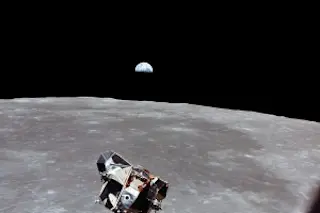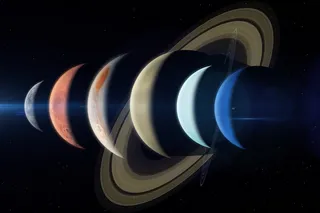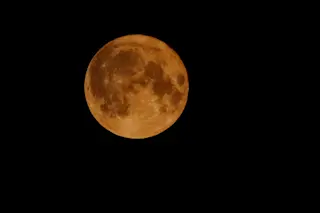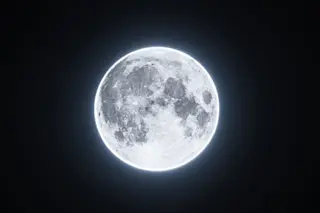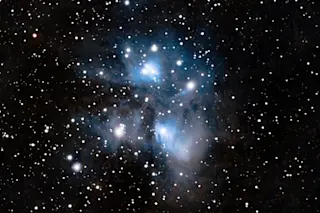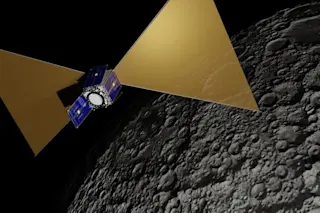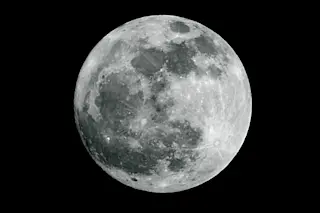Last week, I did the first in a series of interviews about Apollo 11 with CBC’s Quirks & Quarks. As a Canadian, this was a big deal for me! I grew up listening to this show every Saturday at 12:06pm with my Dad, usually in the car on the way home from gymnastics. Not only that, it’s an award-winning nationally syndicated show. So to be on the show as an expert was absolutely incredible! You can listen to the whole episode here; I come in at about the 26-minute mark.
Of course, the segment was cut down for length. Bob McDonald and I talked for about 25 minutes about the state of the Apollo program in January of 1969, and among the pieces that didn’t make it into the final podcast was a really interesting chat about where the Soviets. What were the Soviets up to when the Apollo 11 ...


